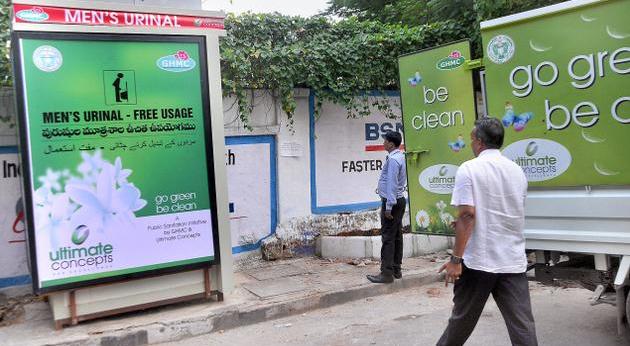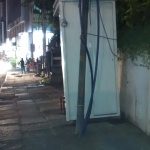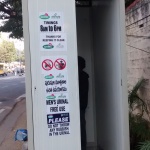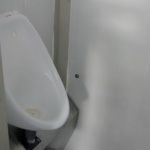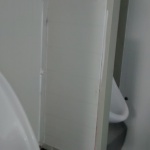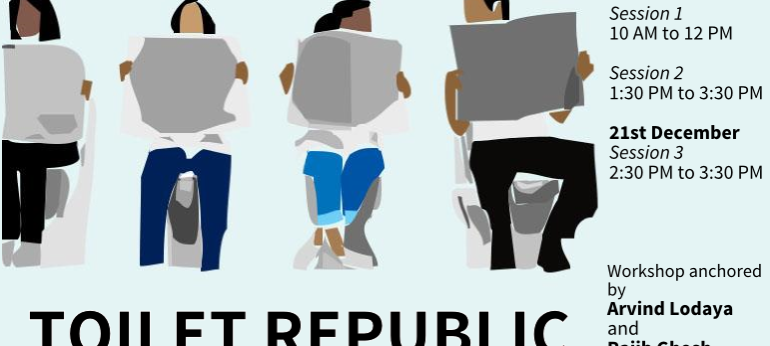
Toilet Republic - A Workshop at Do Din 2014
In light of the Swacch Bharat Mission, talk of open defecation, clean cities and public toilet infrastructures has seemingly entered the mainstream discourse. But public toilets have been constructed for several years now and a variety of models have been tried to attain optimal results. The issue remains salient, though, due to a conjunction of inadequate (leave aside non-optimal) infrastructures and certain engrained attitudes towards sanitation.
Not only are public toilets sparsely distributed, they are poorly distributed. Not only are they badly designed, they are unjustly designed. Not only are they poorly governed & regulated, they evidently are not at all regulated site fiable viagra. Not only do they not attract users, they deter them. This makes one wonder what kind of thought is put into designing/constructing/operating public toilets?
Toilet Republic, a workshop at Do Din 2014, seeks to bring together citizens and provoke them to think about public toilets. Why are they important? How have they been built and operated so far and what have been the problems? What would it take to come up with a feasible design? What will have to be the considerations and what resources will be needed?
Arvind Lodaya and Rajib Ghosh will be the anchors for this workshop. Both of them are accomplished designers who are passionate about finding innovative solutions for tough problems and to improve quality of life.
The workshop will focus on public toilets from 4 different lenses:
- Community & Location
- Economics & Viability
- Governance & Operational Management
- Design & User Experience
This workshop is for those who are concerned about sanitation in our cities, for those who work with communities and understand the meaning of lack of access to sanitation facilities, for those who are interested in public health and better planning and above all for those who are willing to accept the challenges of the city and willing to take the next step towards innovation and transformative action.
The workshop will run over both days of Do Din.
| 20th December 2014 | 21st December 2014 |
| Session 1 – 10 am to 12 pm | Session 3 – 2.30 pm to 3.30 pm |
| Session 2 – 1.30 pm to 3.30 pm |
There will be limited seats in this workshop, so we will have separate registrations. If you wish to attend this workshop please fill the following form:
Loading…
Cover image designed by the newest member of our team Hui Ying Ng from Singapore.
- Tags:design, public toilets, workshops
- Comments:0
